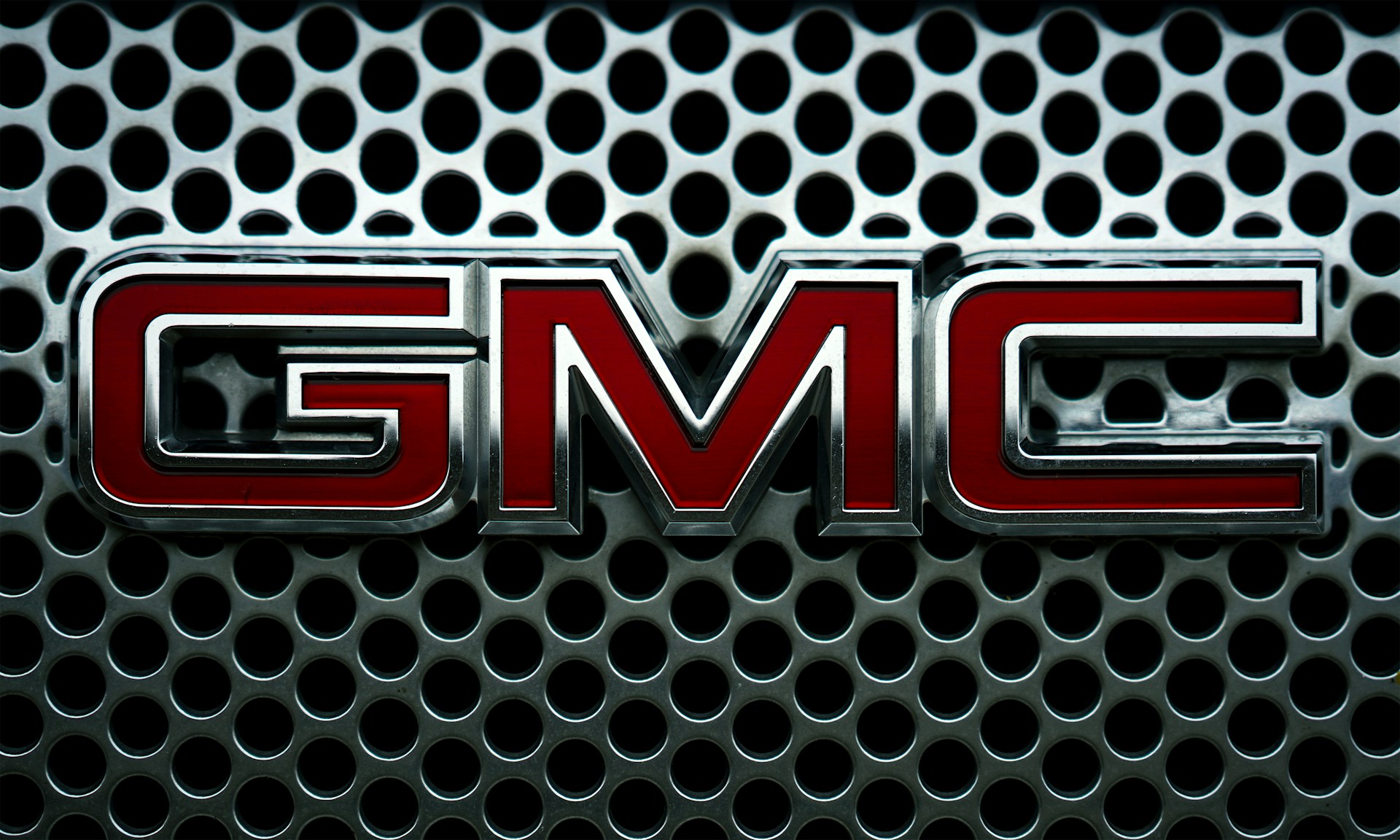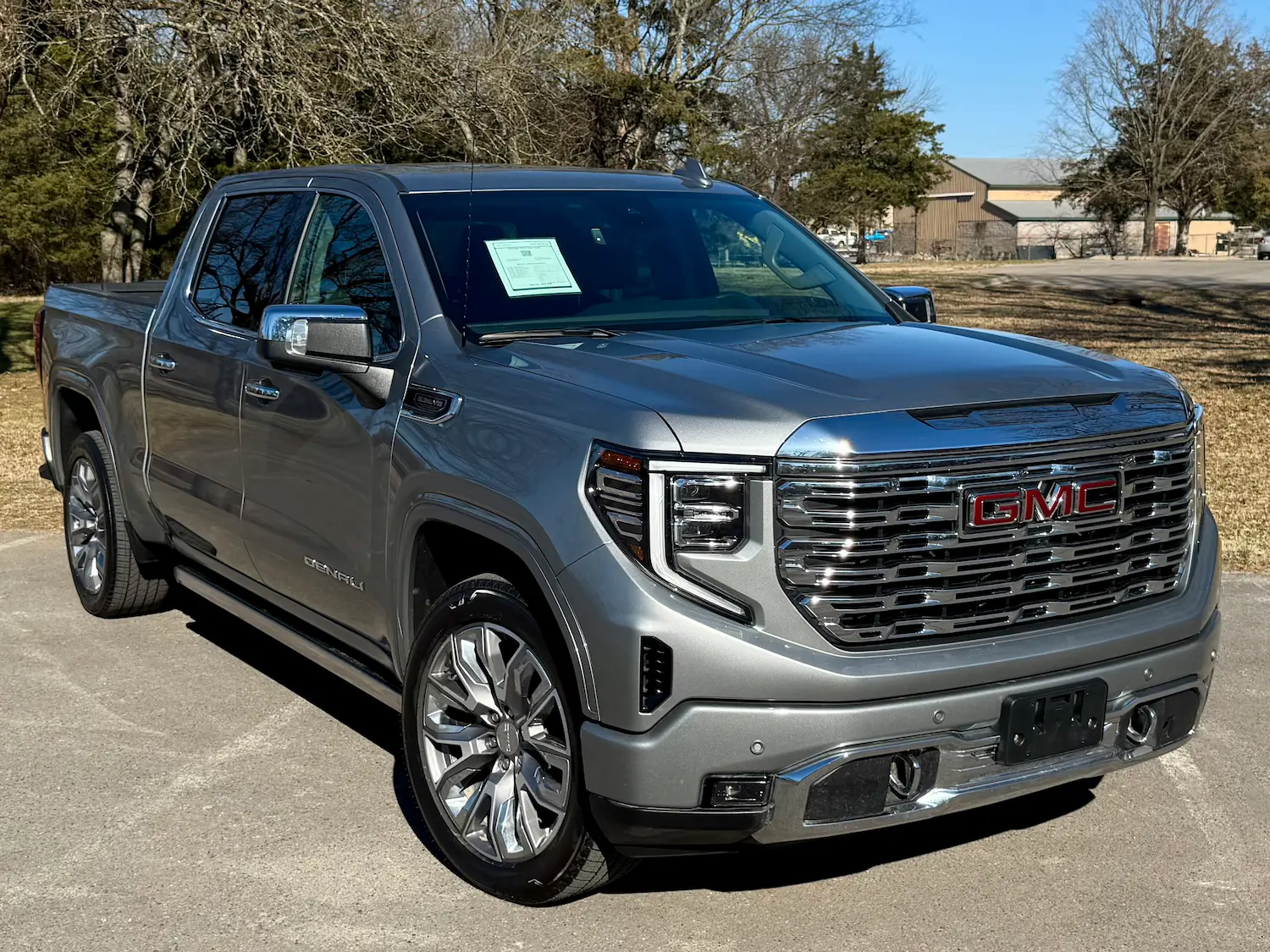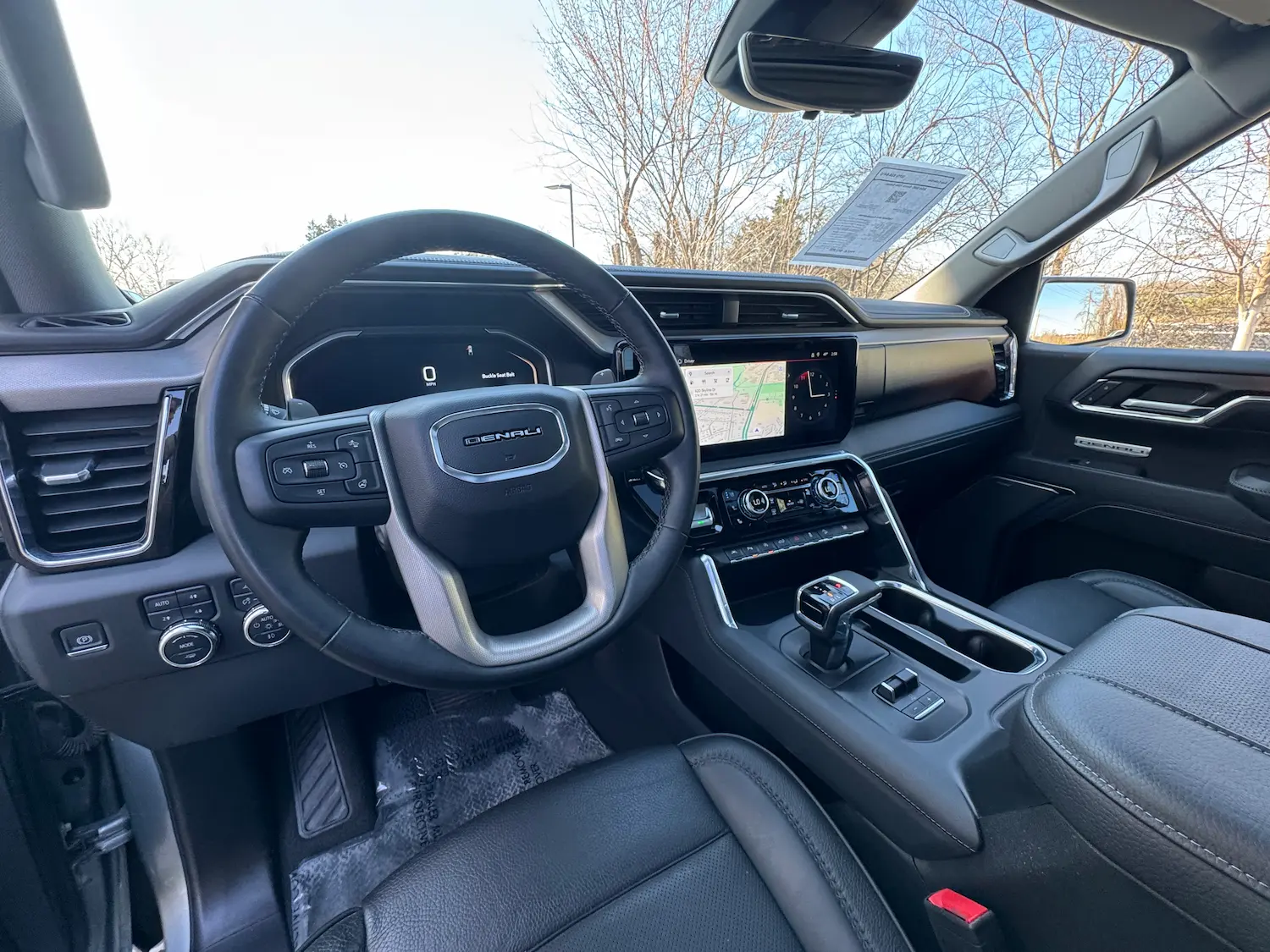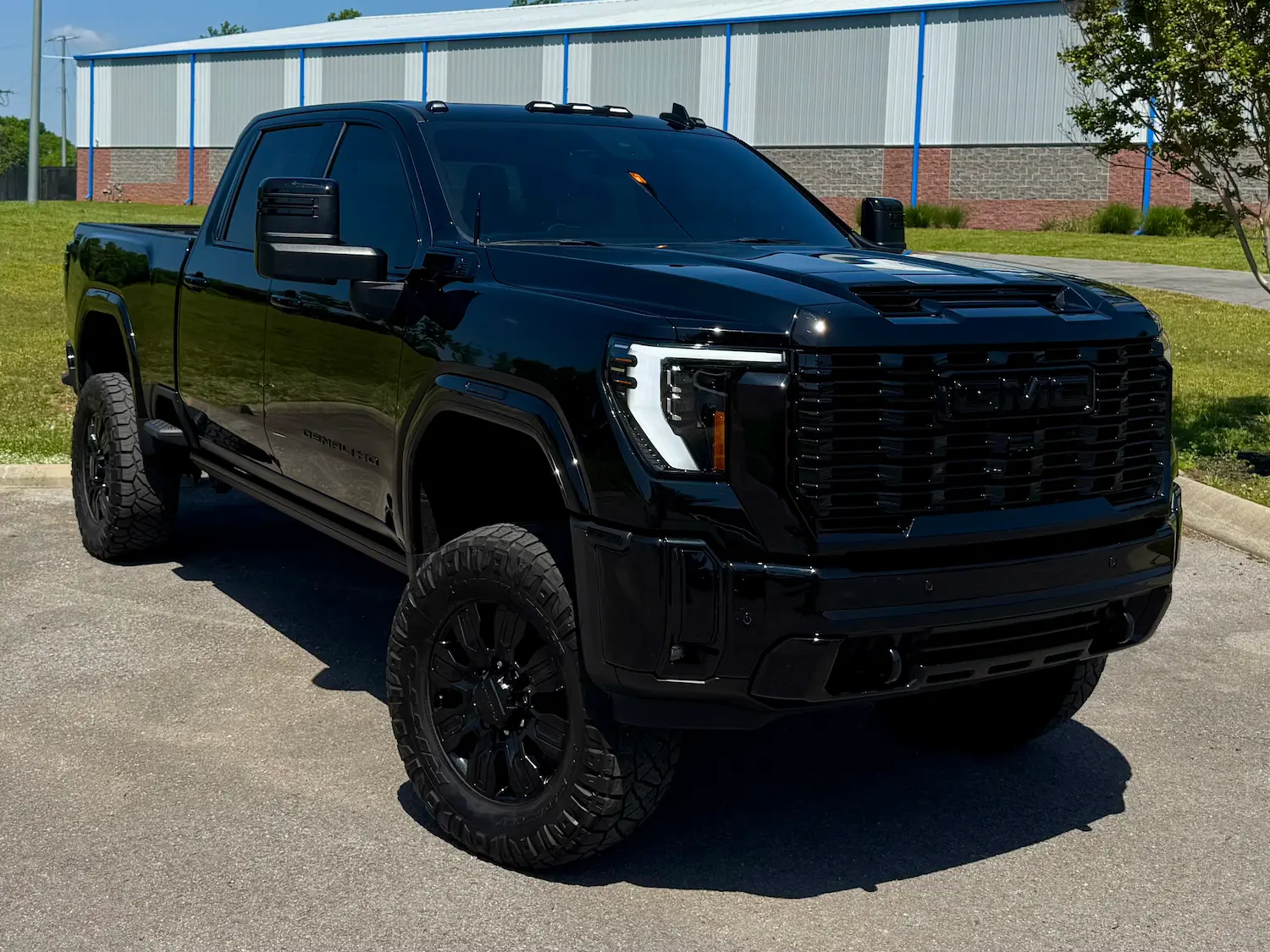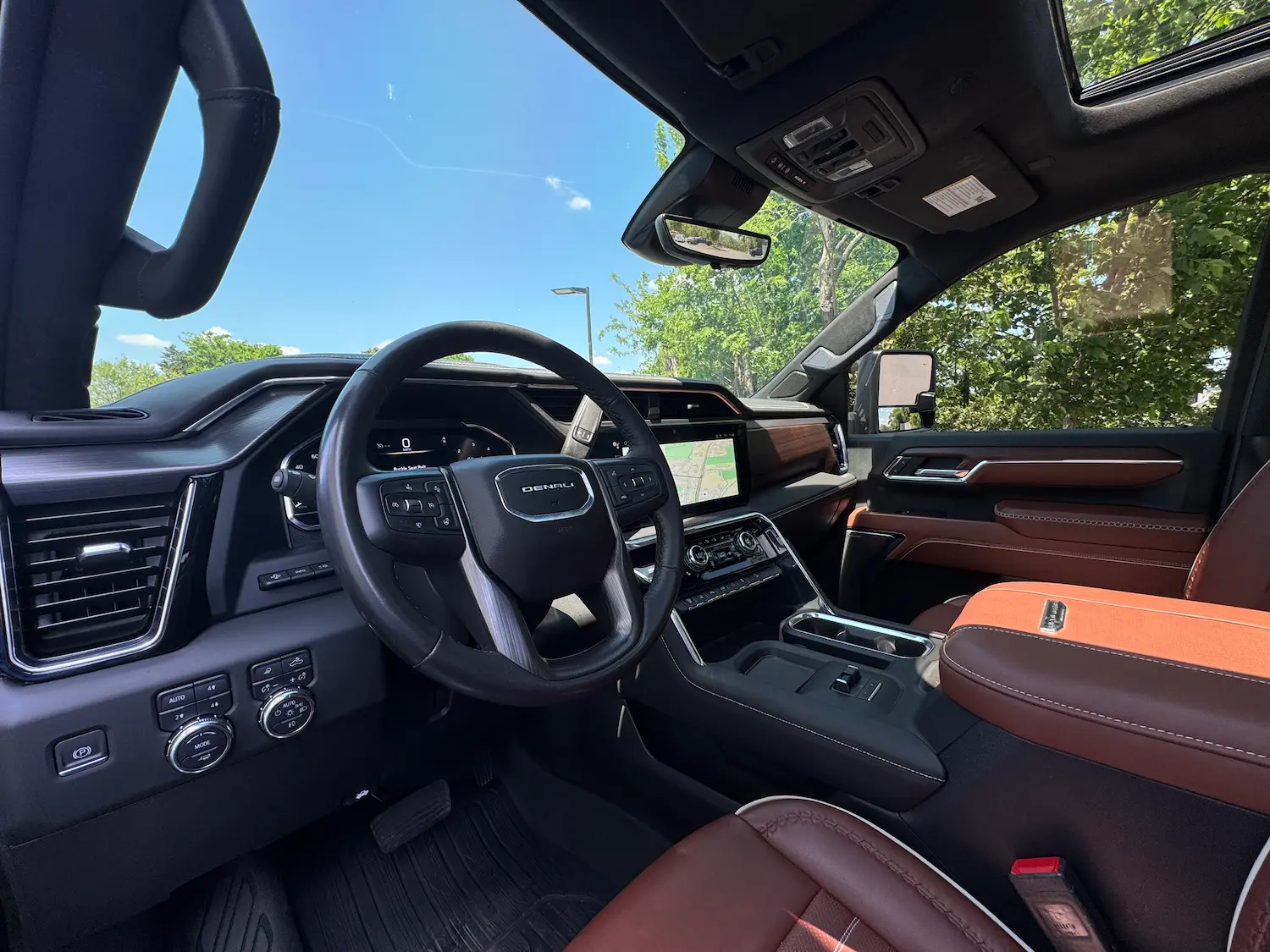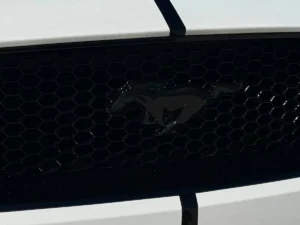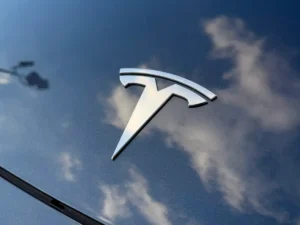Ever find yourself rubbernecking at a rugged, chrome-heavy truck or SUV and thinking, “Yeah… that’s a GMC”? You’re not alone. GMC has built a reputation for producing vehicles that blend bold styling with everyday practicality. Considering a used GMC can be a clever move — you get the same capability, comfort, and tech as new models, minus the steep depreciation hit that happens in the first few years.
Model History & Evolution
Before exploring trims, tech, and buying tips, it helps to understand where GMC came from. The brand’s century-long journey from rugged work trucks to refined, tech-filled machines explains why its models have such lasting appeal.
Early Beginnings (1902–1940s)
GMC’s roots trace back to 1902, when Max Grabowsky founded the Rapid Motor Vehicle Company — one of America’s first makers of commercial trucks. In 1909, General Motors acquired Rapid and merged it with other truck brands to form the General Motors Truck Company (GMC) in 1912.
Through the 1910s and 1920s, GMC specialized in building durable delivery and work trucks, becoming a backbone for America’s growing industries. When World War II arrived, GMC shifted its production lines to military vehicles, building over 600,000 trucks for Allied forces, cementing its reputation for toughness under pressure.
Post-War Expansion & Civilian Popularity (1950s–1970s)
After the war, GMC returned to civilian production just as America’s highway system and suburban culture boomed. In the 1950s, GMC trucks became more stylish with two-tone paint, chrome trim, and smoother inline-six and V8 engines.
By the 1960s and ’70s, GMC embraced the idea that trucks could be comfortable daily drivers, not just work rigs. It launched full-size pickups and SUVs that combined strength with ride quality, laying the groundwork for today’s balance of utility and comfort.
Rise of the Modern GMC Identity (1980s–2000s)
The 1980s brought fuel-injected engines, four-wheel drive systems, and stronger frames, while the 1990s saw the debut of the Yukon SUV and expanded pickup offerings.
Perhaps the most defining moment came in 1999, when GMC introduced the Denali trim — a luxury-focused variant packed with leather, wood, and premium audio. This move transformed GMC’s image from purely rugged to rugged-with-refinement, carving out a niche above Chevrolet in GM’s lineup.
Technology and Luxury Take Center Stage (2010s–Present)
The last decade has been about combining power with tech and comfort. GMC trucks adopted aluminum components for weight savings, direct-injection and turbocharged engines, and advanced towing systems with trailer monitoring tech.
The latest Yukon added independent rear suspension for a smoother ride, while the Sierra lineup gained hands-free driving capability (Super Cruise) and luxury interiors rivaling premium brands.
The most dramatic leap, though, is the return of the Hummer name as an all-electric “supertruck”, signaling GMC’s pivot toward an electrified future while staying true to its go-anywhere ethos.
Where the Models Fit Today
Over more than a century, GMC has grown into a full lineup that balances muscle and modernity with the 2025 models pushing that balance even further. Here’s where they sit today:
- Full-Size Trucks – Sierra 1500, 2500, 3500
- Full-Size SUVs – Yukon, Yukon XL
- Midsize SUVs – Acadia
- Compact SUVs – Terrain
- Midsize Trucks – Canyon
- Electric Flagship – Hummer EV
We’ll dive into these models and their real-world features in the next section, but it’s worth knowing: they all share that same century-old DNA of durability, now wrapped in advanced tech and comfort.
Getting to Know the GMC Lineup
Before picking the right trim or year, it helps to see how GMC’s modern lineup fits together. Each model serves a distinct purpose — from work-ready trucks to family-friendly SUVs — and knowing their personalities can make choosing the right one far easier.
- Sierra 1500, 2500 & 3500 (Full-Size Trucks)
The Sierra family is GMC’s backbone — known for serious towing strength and surprisingly upscale interiors. For 2025, the Sierra lineup gets minor trim package updates and new color options, but keeps its proven powertrains. The light-duty Sierra 1500 blends everyday usability with luxury touches (explored more in our GMC Sierra 1500 Review: A Timeless Pickup with Modern Appeal). The heavy-duty 2500 and 3500 versions build on that foundation with massive hauling capabilities and rugged frames suited for serious work.
- Yukon & Yukon XL (Full-Size SUVs)
Big, bold, and built for adventure, the Yukon lineup delivers three-row comfort, strong V8 performance, and impressive towing. The 2025 Yukon continues its current generation with added tech features and anniversary-themed trims. It’s a favorite among families who need space but don’t want to sacrifice style — see our full breakdown in Is the GMC Yukon the Best Used Full-Size SUV for Your Needs?. - Acadia (Midsize SUV)
The Acadia strikes a balance between space and maneuverability. A redesigned 2024 Acadia set the tone, and the 2025 model continues with the same new larger body, improved tech, and more safety gear. It’s easier to park than a Yukon but still roomy enough for road trips, making it a practical choice for growing families. - Terrain (Compact SUV)
The Terrain brings GMC’s bold styling to a city-friendly size. The 2025 Terrain keeps its current design but adds minor infotainment upgrades and safety refinements. Turbocharged efficiency, a comfortable cabin, and easy handling make it ideal for commuters or first-time SUV buyers. - Canyon (Midsize Truck)
Smaller than the Sierra but plenty capable, the Canyon shines as a daily driver that can still handle towing, camping gear, or weekend projects. The Canyon was fully redesigned recently, so the 2025 version mainly sees small package tweaks and new appearance options. The AT4 trim adds legit off-road ability without going full oversized-truck mode.
- Hummer EV (Electric Supertruck)
Once known for excess, the revived Hummer is now fully electric — offered as both a pickup and an SUV. Both versions continue into 2025 with minimal changes after their recent launches, keeping features like CrabWalk four-wheel steering and supercar-like acceleration. It packs wild features like CrabWalk four-wheel steering and supercar-like acceleration. Learn more in our GMC Hummer EV Review: The All-Electric Supertruck That Breaks All the Rules.
Each of these models brings its own mix of utility, comfort, and character — and understanding where they fit can make choosing your ideal used GMC far simpler.
For a deeper look at GMC’s overall performance and reputation, check out U.S. News’ GMC Brand Overview.
Buying Guide & Competitive Analysis
Shopping for a used GMC isn’t just about picking the flashiest trim — it’s about knowing the brand’s habits, quirks, and how it stacks up against rivals in today’s market. A little insight into common issues, recall history, and competitors can help you buy with confidence.
Understanding GMC Ownership
Buying a used GMC isn’t just about picking the right trim — it’s about understanding what you’re getting into as an owner. GMC vehicles are built to be strong and long-lasting, but like any brand, they have patterns worth knowing.
Common Issues
While most newer GMC models are dependable, a few recurring themes pop up in owner reports:
- Electrical gremlins — Infotainment glitches, backup camera hiccups, and sensor errors are occasionally noted. These are usually software-related and often fixed through updates.
- Transmission behavior — Some eight-speed automatics (mainly older versions) can feel hesitant or rough when shifting. GMC has revised tuning in newer models, and regular fluid changes help prevent issues.
- Brake and suspension wear — GMCs are heavier than average, so pads, rotors, and bushings may wear faster than on lighter vehicles.
Recalls & Service Campaigns
Like all major automakers, GMC issues recalls when a safety-related defect is found. They’re free repairs performed by dealers and can range from software updates to component replacements. Before buying any used GMC, run the VIN through the NHTSA recall checker to confirm all recall work has been completed — it’s quick and gives peace of mind.
Maintenance Patterns
GMCs respond well to routine care. Oil changes every 5,000–7,000 miles, tire rotations, and timely fluid flushes will keep them healthy for the long haul. Because parts are shared with other GM brands, maintenance is usually straightforward and widely supported by shops.
How GMC Compares to the Competition
When deciding between brands, it helps to look at GMC’s overall positioning. GMC sits between mainstream and luxury, often sharing mechanical bones with Chevrolet but adding premium styling, tech, and comfort.
| Brand | Strengths | Weaknesses |
|---|---|---|
| GMC | Premium styling, advanced tech, strong towing & hauling, wide model range | Slightly higher maintenance costs, quicker depreciation than some rivals |
| Ford | Broad lineup, strong resale, innovative tech (especially trucks) | Interiors on base trims can feel plain, reliability varies |
| Chevrolet | Lower upfront cost, similar hardware to GMC | Less upscale design and cabin quality |
| Cadillac | Luxury-grade interiors, cutting-edge tech, bold styling | Higher pricing, less towing/utility focus |
Why GMC Makes Sense Used
Buying used lets you sidestep the steepest part of depreciation while still getting vehicles that are often loaded with modern safety and infotainment tech. Because GMC builds with durability in mind, well-maintained used examples can easily run for years — often at a lower price than comparable luxury-branded trucks and SUVs.
Dealership Guidance
Even the best used GMC can become a headache if it comes from the wrong place. Choosing a dealership wisely is just as important as choosing the vehicle itself — and it can save you from costly surprises down the road.
What Makes a Good Dealership
A trustworthy dealership will do more than just hand you the keys:
- Thorough vehicle history reports — They’ll show service records, past ownership, and any accident history upfront.
- Warranty options — Even short-term warranties offer peace of mind while you settle into your new ride.
- Flexible financing support — Clear, simple loan and lease options make budgeting easier.
- Transparent inspection process — Vehicles should be fully inspected and reconditioned before hitting the lot.
- No-pressure test drives — A good dealer wants you to find the right fit, not just any fit.
- Strong reputation — Consistent positive reviews from past customers are a solid indicator of trustworthiness.
Why This Matters
Used cars come with more variables than new ones, so buying from a reputable dealership can eliminate a lot of guesswork. It means fewer hidden problems, smoother paperwork, and a better long-term ownership experience.
A Note on AutoPro Nashville
AutoPro Nashville is known for offering this kind of transparent, customer-focused approach. We are the kind of dealership that makes the process feel straightforward and stress-free.
Explore our used GMC lineup to see the full range of capable trucks and SUVs waiting for their next adventure.
What are the most common issues with GMCs?
Owners sometimes report electrical glitches (like infotainment or sensor errors) and occasional transmission roughness on older 8-speed units. Most issues are minor and fixable with regular servicing.
What’s the difference between GMC trims?
Trims climb from basic SLE to mid-level SLT, off-road-focused AT4, and luxury-packed Denali. Higher trims add tech, comfort, and premium materials, while lower trims prioritize value and simplicity.
What are the best used years to buy GMCs?
Look for 2020 or newer for crossovers (Terrain, Acadia) and 2021 or newer for trucks and SUVs (Sierra, Yukon) — these years brought major tech, comfort, and transmission improvements, and remain strong choices heading into 2026
Do GMCs hold their value?
They depreciate a bit faster than Toyota or Ford, but Denali trims and well-maintained models retain value well thanks to strong demand for used trucks and SUVs.
How much does a used GMC cost?
Prices vary by model and mileage, but most 2020+ GMCs range from about $25,000 to $60,000, with heavy-duty trucks and luxury trims on the higher end.
